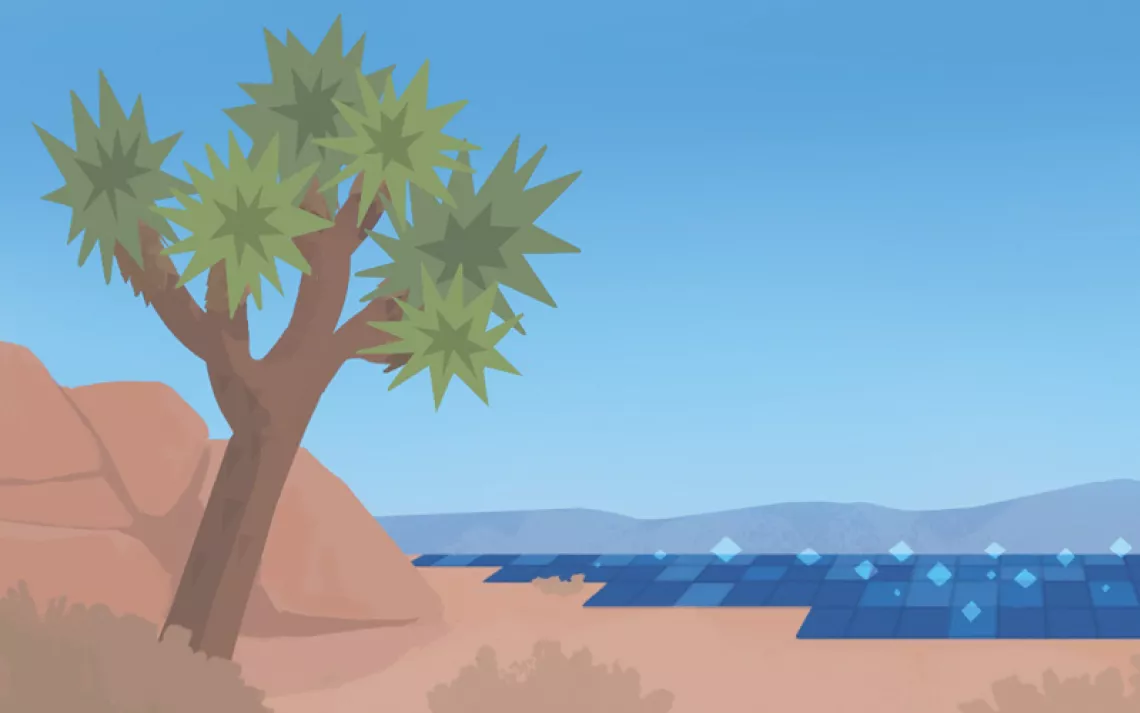The Experiential Economy
Do we want an economy based on outdoor experiences, or resource exploitation?

A mountain biker on the Hymasa trail in Moab, Utah. | Photo by Whit Richardson/Tandem Stills + Motion
When congressional Republicans shut down the federal government in the fall of 2013 in one of many attempts to repeal ObamaCare, state officials in Utah rushed to pull money from their own coffers to keep the state's five national parks open. The move came with a hefty price tag—about $167,000 a day to run the parks. But the state's leaders knew it was worth it; after all, outdoor recreation in Utah generates about $12 billion in consumer spending a year and sustains some 122,000 jobs. Arches, Bryce, and Canyonlands aren't just icons of the state's identity—they're also anchors of its economy.
Those famous landscapes are now threatened by another segment of Utah's economy: its coal industry. As Judith Lewis Mernit reports in our March/April 2016 cover story ("Coal Versus Recreation in Utah"), the air pollution generated by some of the state's coal-burning power plants is contributing to haze and smog over Utah parks. This ozone pollution is terrible for people's health, and it's awful for a recreation industry that depends on epic views.
That's an obvious conflict, and it presents us with a choice. Do we want to double down on the extractive economy, which is based on ripping apart the earth to set its innards on fire? Or should we invest in the experiential economy, which offers people adventures (like river rafting, mountain biking, climbing, and fishing) that they'll never forget?
The answer is as clear as those Southwestern skies on their best days. The coal industry is dying—and once it's finally gone, the classic desert views will be sharper than ever.
 The Magazine of The Sierra Club
The Magazine of The Sierra Club



